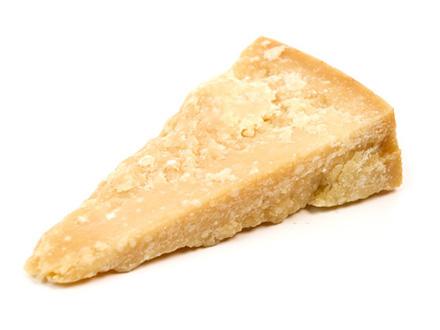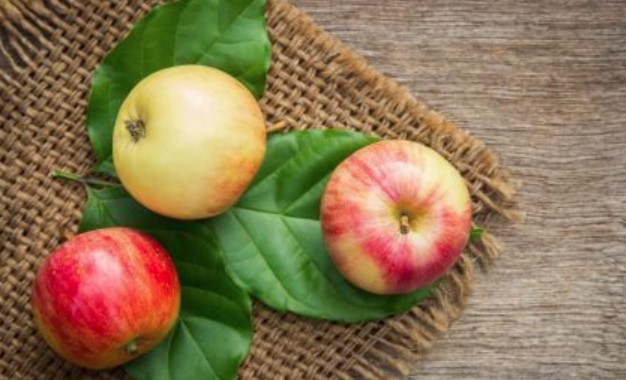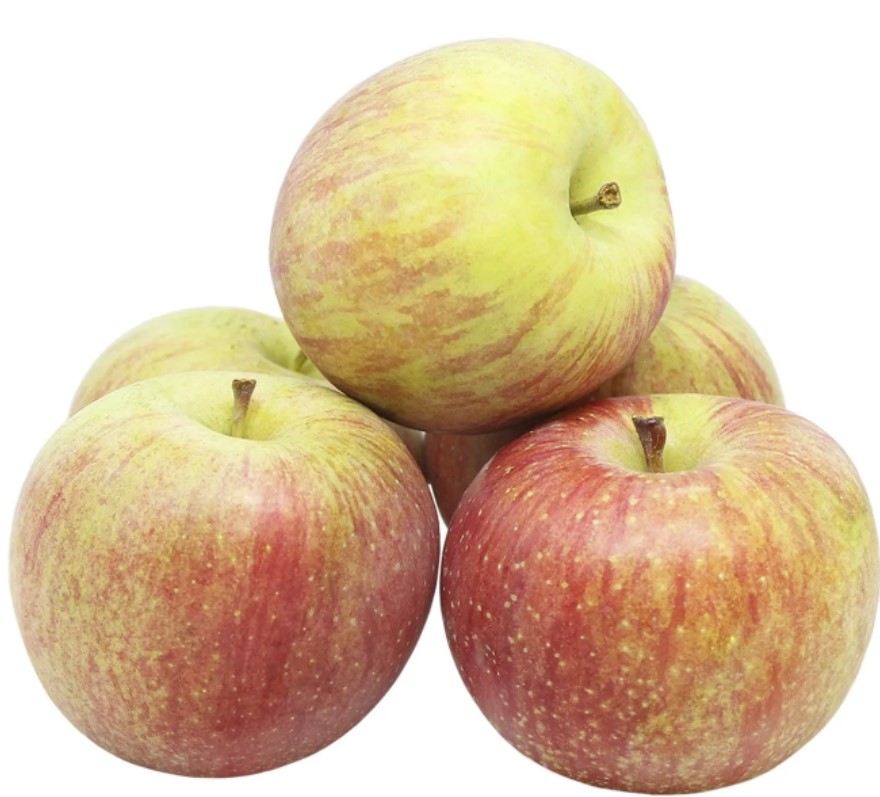Parmesan is not vegetarian – strictly speaking. This is due to the manufacturing process of the cheese. Find out here what is in Parmigiano and what vegetarian alternatives are available.
It is clear that parmesan is not suitable for vegans – because the main ingredient is animal milk. What not everyone is aware of, however, is that, strictly speaking, Parmesan does not even fully conform to a vegetarian diet. This applies to both Parmigiano and Grana Padano – as well as some other popular cheeses (although this can vary depending on the supplier. We have linked a list below).
Parmesan is not vegetarian

Because of the manufacturing process, Parmesan (Parmigiano) is not vegetarian:
Like most hard and semi-hard cheeses, Parmesan is also a sweet milk cheese. Certain enzymes are required to produce this. These ensure that the milk thickens without becoming sour.
Those enzymes are found in the gastric mucosa of cows and other ruminants. This makes the mother’s milk digestible for the animals.
These protein-splitting enzymes are called natural rennet or animal rennet. This animal rennet is added to some dairy products to make them more digestible for us as well. Parmesan and other cheeses are made with rennet to give the cheese the desired texture.
Animal rennet can only be obtained from dead animals by extracting the enzymes from the stomachs of the ruminants with a special solution. These ingredients from dead animals are ultimately found in Parmigiano: That is why Parmesan is not vegetarian.
The calves, sheep and goats are not killed specifically for the animal rennet. Instead, the stomachs of animals killed for meat production are used. Nevertheless, by buying Parmesan and other hard cheeses, you indirectly support the meat industry.
Purchase advice:
Animal rennet as an ingredient does not have to be labeled. This is why it is difficult to recognize vegetarian Parmesan. However, some manufacturers label their products voluntarily, especially in organic markets and health food stores. You can also ask for the ingredients at the cheese counter.
A good guideline is the rennet list from VEBU: In this you can see which types of cheese are made with animal rennet or vegetarian.
Vegetarian or not: When it comes to animal foods, organic quality is particularly important. In order to support environmentally friendly and species-appropriate animal husbandry, you should ensure that you are certified by nature associations such as Bioland or Demeter. More on this: Bio-Siegel: What do the animals get out of it?
Vegetarian Parmesan alternatives
If you don’t want to do without Parmesan but still want to stick to your vegetarian diet, there are good alternatives.
For purely plant-based Parmesan cheese, microbial rennet is used instead of animal rennet. These rennet substitutes are molds that are fermented by microorganisms. Microbial rennet is produced without any components from dead animals – it is therefore vegetarian.
However, this also has a catch: some rennet substitutes are genetically engineered, such as the enzyme “chymosin” most commonly used as a rennet substitute – according to the Thuringia consumer advice center. The long-term effects of genetically modified foods on humans have not yet been adequately researched. Genetically modified rennet substitutes are not permitted for organic foods.
However, this vegetarian Parmesan may not be called Parmesan or Parmigiano-Reggiano: these names are legally protected by the Consorzio. Instead, these cheeses are sold as alternatives to Parmesan or under other names, such as Montello.
You can use Parmesan alternatives like Montello just like Parmesan – as an ingredient for pesto, risotto, pizza or pasta. In terms of taste, the vegetarian Parmesan alternatives differ somewhat from the original.
Buy vegan parmesan and make it yourself

In addition to vegetarian Parmesan alternatives, there are also vegan substitute products: You can also find vegan Parmesan substitutes, especially in well-stocked organic shops, health food stores and on the Internet. This is made on the basis of soy or corn, among other things.
Even better: You can even make vegan parmesan yourself at home. All you need is cashew nuts, yeast flakes, salt and optionally garlic powder. In our recipe guide, we show you how to make vegan parmesan yourself.


